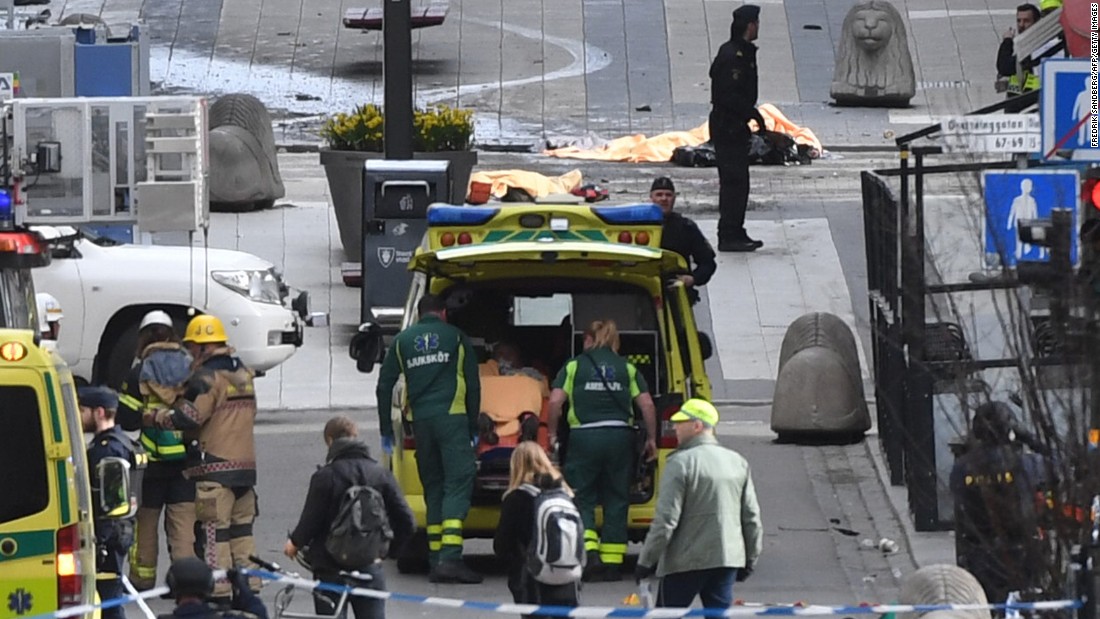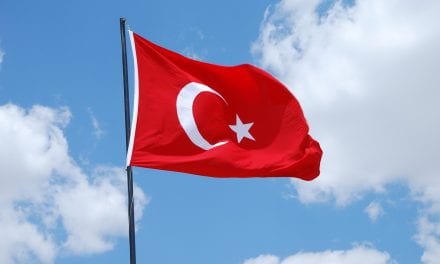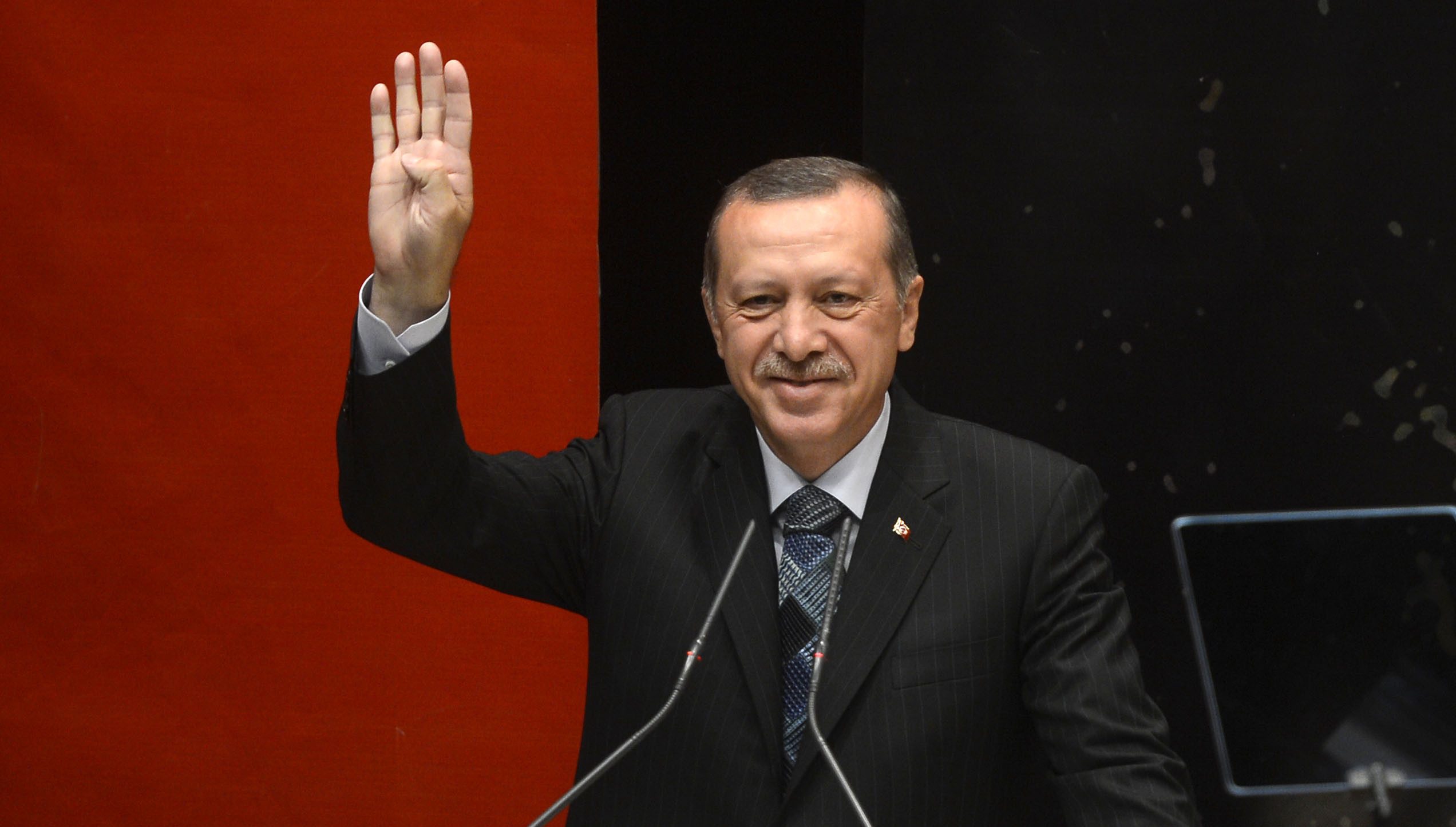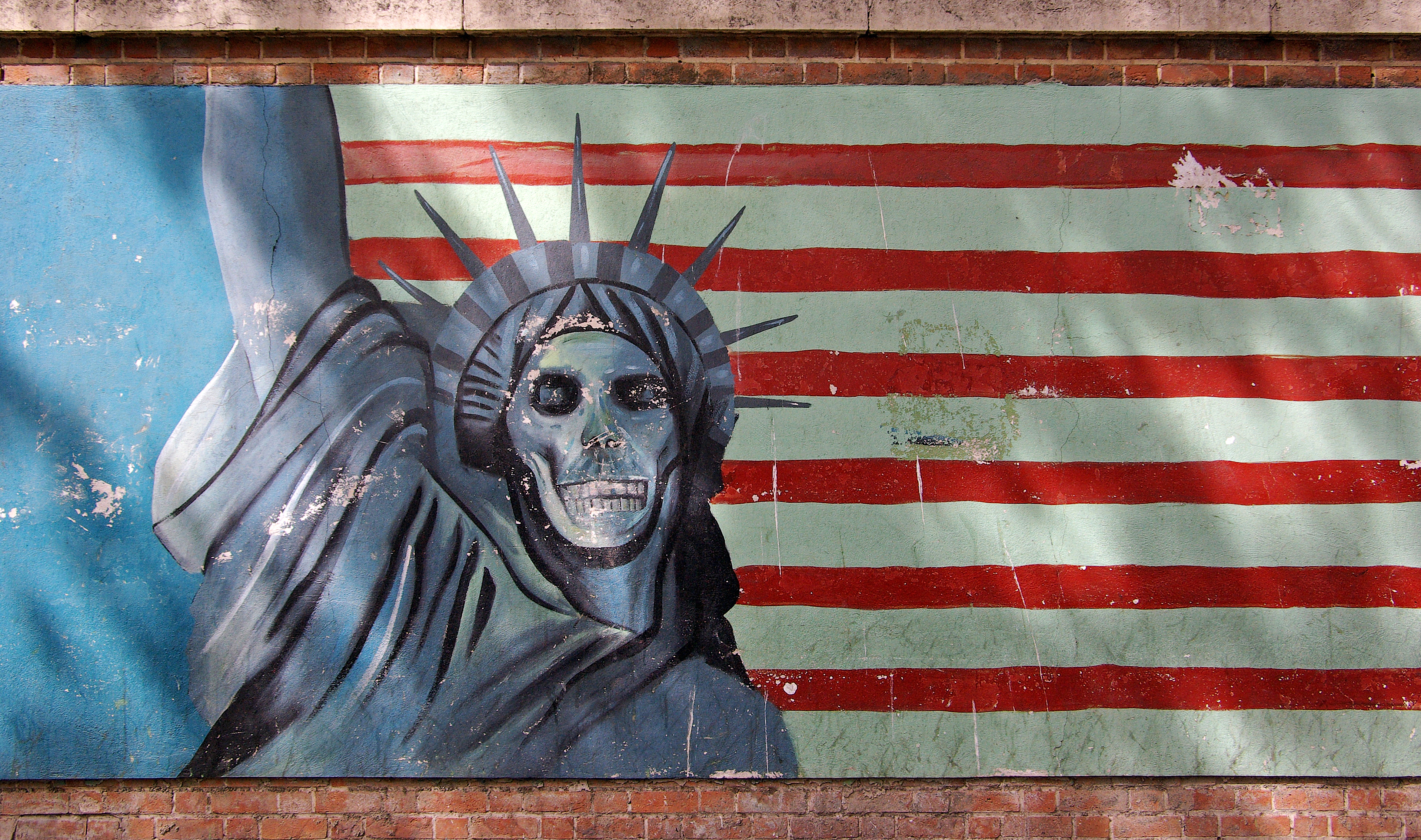By: Ruhley Michaelides*
Any sane American would agree that neither the private nor public funding of terrorist organizations is beneficial. Yet, tell any taxpayers that they have been doing just that and they would likely look at you with mixed expressions of confusion, disgust, and conspiracy. Yes, your money has literally paid for radical Islamic terrorist organizations.
Granted, the US government never intended for arms to fall into the hands of extremists, but that’s the lesson right there. No one ever intends to get into car accidents, yet some people insist on driving recklessly — play stupid games, win stupid prizes. Late February, 2017, the CIA froze its military aid to select Syrian moderate rebel groups due to assaults by Jabhat Fateh al-Sham, formerly Al Nusrah, in Idlib causing arms to be insecure.[1]
In order to fully understand how the US ended up funding terrorism, we need to define “moderate rebels.” If you’ve ever wondered why specific groups aren’t mentioned on the news, its because some of these groups, in the absence of ISIS, would be our enemy. The Islamic State, originally a “junior varsity” branch of Al Qaeda in Iraq, has grown to be such the boogyman that other anti-Western groups are labeled as moderate. For example, the “Army of Conquest” coalition, or Jaysh al Fath, was created in 2015 by Al Nusrah and includes members of the Turkistan Islamist Party — two bonafide terrorist groups — and maintains connections with Al Qaeda. Moreover, its members are split between whether they want to establish a secular or Islamist state in Syria. They are currently the target of Russia as they fight both ISIS and Assad’s Syrian Arab Army.[2]
The philosophy of “the enemy of my enemy is my friend” only works until the slightly less radical group kills off the other radical group; then, they point your own gun at you as you say “the enemy is my friend.”
Studies from the CIA in 2012 and 2013 concluded that “many past attempts by the agency to arm foreign forces covertly had a minimal impact on the long-term outcome of a conflict.”[3] Unlike similar operations in Angola, Cuba, and Nicaragua, the CIA noted that the American-backed Mujahideen were successful at driving out the Soviets in the 1980s; however, that group then went on to form Al Qaeda and carry out the September 11th, 2001, attacks.[4] Furthermore, covert military aid inherently travels through third party hands, which can not always be trusted. For example, Jordanian officials, who were transferring weapons from the US to Syrian rebel groups, were caught siphoning arms to the black market — this was only discovered after the FBI began investigating the 2015 Amman shooting.[5]
Additionally, since September 11th, a conservative estimate of 1.45 million small arms that have been sold in either Iraq or Afghanistan are unaccounted for — millions more are thought to be missing, but the secretive nature of weapons transfers makes an exact number difficult to compile. Moreover, this number does not include the millions of weapons imported from Europe. The Iraqi government consistently requests funding to replace weapons by the tens of thousands that have gone missing, that surely find their way into the hands of ISIS and other terrorist organizations.[6]
To be clear, the Islamic religion is not inherently negative and, as with all religions, populations that identify with it differ in both practice and belief. That being said, it is wrong to say that the Islamic State, and some “moderate rebel” groups, are not radical Islamic terrorists: radical in that their beliefs and practices conflict with both the West and other Muslim countries; Islamic, in that their beliefs are inspired by the faith; terrorists, in that they kill people to promote their political-theocratical agenda. These groups should not be supported, especially in an attempt by the US to save face after facilitating the rise of the Islamic State. Aside from the threat to our own national security, the US should try to limit the amount of negative externalities on other states; hundreds of thousands of innocents in Syria are not only suffering from the civil war, but from the Islamic State as well.
While the CIA freeze in arms was unrelated to Trump’s administration taking power, Trump has suggested that he wants to stop arming the rebel groups. Whether or not one believes in, depending on your perspective, promoting liberty or inciting chaos in foreign states, is an entirely separate ethical question. However, Trump has shown good judgment in his desire to halt the flow of Syrian military aid considering that we are arming not only our allies but our enemies as well. Military aid should be reserved for situations where the receiver is a stable actor, such as Ukraine combatting the Donbass rebels.
Overall, if the US wants to influence political conflicts, it should do so in a more direct way in order to ensure that taxpayer-funded weapons are not obtained by terrorist organizations, which commit horrific acts to both Americans and foreigners alike. Although public opinion probably favors indirect intervention, such as military aid, over direct intervention, people would likely change their minds if they knew just how many arms go unaccounted for. If arms must be channeled into the Middle East, the US needs to make sure they go to stable actors, and should directly solidify the security of such actors, such as the Free Syrian Army, if necessary.
[1] Perry, Tom., Al-Khalidi, Suleiman., and Walcott, John. 2017. “Exclusive: CIA-backed aid for Syrian rebels frozen after Islamist attack – sources.” Feb 21. http://www.reuters.com/article/us-mideast-crisis-syria-rebels-idUSKBN1601BD (March 3, 2017); BBC. 2017. “Syria war: Rebels unite after attack by Idlib jihadists.” Jan 26. http://www.bbc.com/news/world-middle-east-38755939 (March 8, 2017).
[2] Joscelyn, Thomas. 2016. “Jihadists and other rebels claim to have broken through siege of Aleppo.” Aug 7. http://www.longwarjournal.org/archives/2016/08/jihadists-and-other-rebels-claim-to-have-broken-through-siege-of-aleppo.php (March 3, 2017); McCarthy, Andrew. 2016. “Meet Aleppo’s ‘Moderate,’ ‘Secular’ ‘Rebels’: Al-Qaeda and the Muslim Brotherhood.” Aug 19. http://www.nationalreview.com/article/439161/lets-support-moderate-muslims-means-figuring-out-which-ones-are-real-deal (March 3, 2017); Hubbard, Ben. 2015. “A Look at the Army of Conquest, a Prominent Rebel Alliance in Syria.” Oct 1. https://www.nytimes.com/2015/10/02/world/middleeast/syria-russia-airstrikes-rebels-army-conquest-jaish-al-fatah.html (March 4, 2017).
[3] Mazzetti, Mark. 2014. “C.I.A. Study of Covert Aid Fueled Skepticism About Helping Syrian Rebels.” Oct. 14. https://www.nytimes.com/2014/10/15/us/politics/cia-study-says-arming-rebels-seldom-works.html (March 3, 2016).
[4] Mazzetti. 2014. “C.I.A. Study.”
[5] Mazzetti, Mark., Younes, Ali. 2016. “C.I.A. Arms for Syrian Rebels Supplied Black Market, Officials Say.” June 26. https://www.nytimes.com/2016/06/27/world/middleeast/cia-arms-for-syrian-rebels-supplied-black-market-officials-say.html?_r=0 (March 3, 2016).
[6] Chivers, C. J. 2016. “How Many Guns Did the U.S. Lose Track of in Iraq and Afghanistan? Hundreds of Thousands.” Aug 24. https://www.nytimes.com/2016/08/23/magazine/how-many-guns-did-the-us-lose-track-of-in-iraq-and-afghanistan-hundreds-of-thousands.html (March 4, 2017).
*Disclaimer: The content contained in the following material is the sole ownership of the author and does not reflect the views of the Towson University Journal of International Affairs nor Towson University in any respect whatsoever







